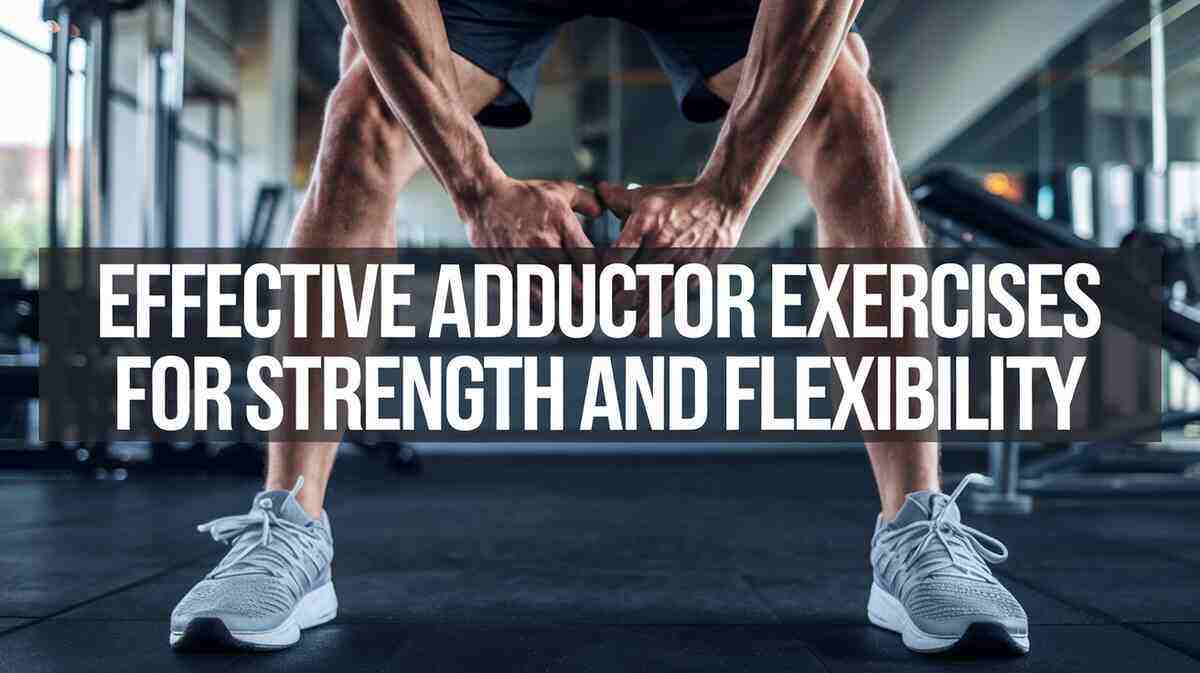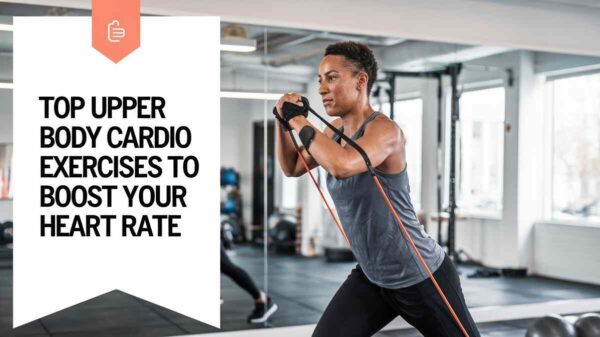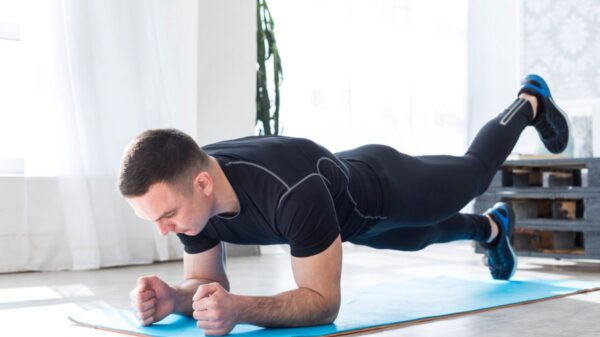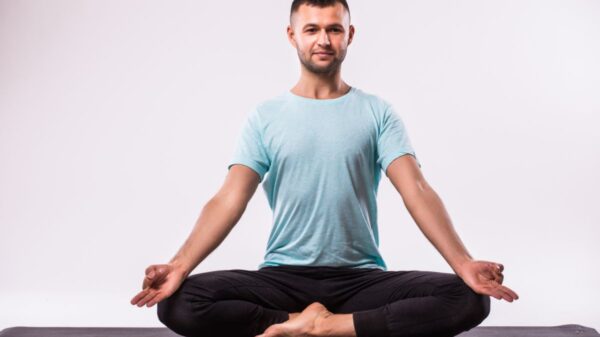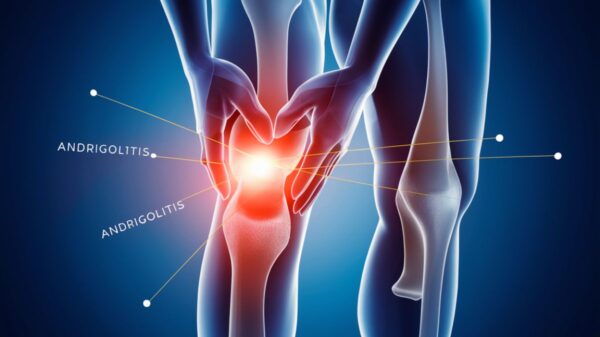Strengthening and maintaining flexibility in your adductor muscles, the muscles on the inner thigh responsible for bringing your legs together, should be a part of any well rounded fitness program. These muscles play a critical role in stabilizing the hips, improving balance, and aiding various movements like running, cycling, and squatting. Weak adductors can lead to imbalances, limited mobility, and a higher risk of injury if neglected.
This guide will explore the most effective adductor exercises to boost your strength and flexibility, helping you move with better control and power.
What Are Adductor Muscles?
Adductor muscles in your inner thigh help you move your legs toward the middle of your body, like when you bring your legs together. They are essential for walking, running, and keeping your balance. These muscles also help stabilize your hips and knees.
The adductor muscles consist of five key muscles: adductor longus, adductor brevis, adductor magnus, gracilis, and pectineus. These muscles run from your pelvis to your thigh bones, working primarily to pull your legs together (adduction).
Benefits of Strengthening Adductor Muscles
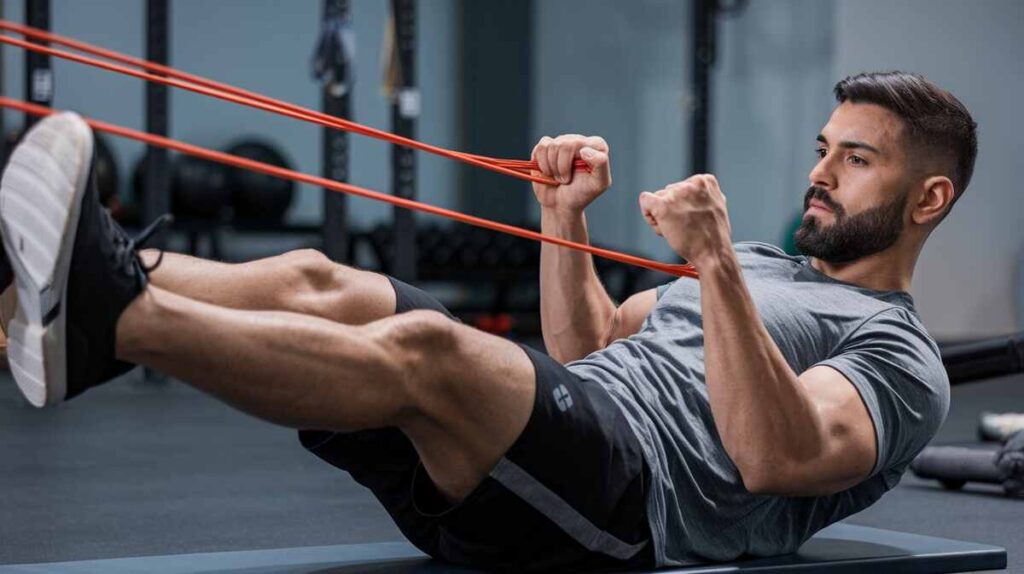
Before jumping into the exercises, let’s review why you should be working on your adductors regularly:
- Improved Athletic Performance: WStrong adductors enhance lateral movements and overall lower-body strength, whether you’re a runner, cyclist, or athlete,
- Injury Prevention: Strong adductors help stabilize the hips and knees, preventing overuse injuries and strains, especially in sports that affect many sideways movements, like soccer and basketball.
- Better Balance and Stability: The adductor muscles assist in stabilizing the pelvis and improving balance, making them essential for activities like yoga, Pilates, and daily tasks.
- Enhanced Flexibility: Increasing the flexibility of the adductors reduces tightness and the risk of injury, allowing for a more fantastic range of motion in movements such as squats and lunges.
Best Adductor Exercises for Strength and Flexibility
Combining dynamic and static exercises is critical to achieving solid and flexible adductors. Below are some of the most effective adductor exercises that target the adductors.
Side-Lying Leg Lifts
Side-lying leg lifts are simple but highly effective for isolating and strengthening the adductors.
How to do it:
- Lie on your side with your legs stacked on top of each other.
- Slowly lift the bottom leg towards the ceiling while keeping your core engaged.
- Hold for a second at the top and then lower the leg back down.
- Repeat 10-15 reps on each side.
Benefits: This exercise directly targets the inner thigh muscles, helping to improve strength and stability.
Sumo Squats
When performed correctly, adductor exercises and Sumo squats work your glutes and quads and engage the adductor muscles.
How to do it:
- Stand with your feet more sweeping than shoulder-width apart and your toes indicated slightly outward.
- Lower yourself into a squat by flexing your knees, keeping your back straight, and moving your hips back.
- As you return to the starting position, squeeze your inner thighs to engage the adductors.
Benefits: Sumo squats build strength in the inner thighs and hips, making them a great compound exercise for overall lower-body conditioning.
Adductor Machine
The adductor machine is explicitly designed to target the inner thigh muscles and use for adductor exercises.
How to do it:
- Sit in the machine with your legs on the pads outside.
- Squeeze your legs together as you push against the resistance.
- Slowly release the tension and return to the starting position.
- Perform three sets of 10-12 reps.
Benefits: This machine allows for a controlled and isolated contraction of the adductor muscles, making it an excellent choice for focused strength building.
Lateral Lunges
Lateral lunges are a functional exercise that targets the adductors while improving hip mobility and balance.
How to do it:
- Stand with your feet hip-width apart.
- Step out to the side with one leg, bending the knee while holding the other straight.
- Move via the heel of the bent leg to return to the starting position.
- Alternate sides and perform 10-12 reps per side.
Benefits: Lateral lunges work the adductors and engage the glutes and hamstrings, promoting balance and functional strength.
Cossack Squats
The Cossack squat is a more refined variation of the lateral lunge that deepens the stretch and challenges the flexibility and best adductor exercises of the adductors .
How to do it:
- Stand with your feet wider than shoulder-width apart.
- Shift your weight onto one leg and squat down while keeping the opposite leg straight.
- Keep your torso upright and your heels on the ground as you lower yourself.
- Push through the heel of the bent leg to return to the starting position.
- Alternate sides and perform 8-10 reps per side.
Benefits: Cossack squats provide a deep stretch in the adductors while building strength in the lower body.
Butterfly Stretch
The butterfly stretch is a classic static stretch that targets the adductor muscles, improving flexibility.
How to do it:
- Sit on the floor with your feet together, and your knees turned to the sides.
- Hold your feet with your needles and gently press your knees towards the floor.
- Hold the time for 20-30 seconds, feeling the stretch in your internal thighs.
Benefits: This stretch is excellent for increasing adductor flexibility, supporting injury control, and improving the range of motion.
Side-Lying Hip Adduction
This exercise is excellent for isolating the adductor muscles and improving their strength.
How to do it:
- Lie on your side with your bottom leg extended and the highest leg curved with the foot set in front of the lowest knee.
- Lift the bottom leg off the ground while keeping your core tight.
- Reduce the leg back down and repeat for 10-15 reps on each side.
Benefits: This movement isolates the adductors, promoting strength and stabilization in the inner thighs.
Adductor Plank
The adductor plank is a side plank variation that challenges the inner thigh muscles.
How to do it:
- Get into a side plank position with your weight on your forearm and the edge of your foot.
- Place the top leg on an elevated surface (like a bench or a box).
- Lift your bottom leg off the ground and hold the position for 20-30 seconds.
- Switch sides and repeat.
Benefits: This plank variation activates the adductor muscles and the core, improving stability and strength.
Resistance Band Adduction
A resistance band can add extra tension and challenge to your adductor exercises.
How to do it:
- Anchor an opposition band to a sturdy object and wrap it around one ankle.
- Stand sideways to the anchor point and step away to create tension in the band.
- Pull your leg across your body, engaging the adductors as you move.
- Slowly return to the starting position and repeat for 10-12 reps per leg.
Benefits: This exercise provides a controlled and effective way to build strength in the adductors using resistance.
Wide-Stance Leg Press
When performed with a wide foot position, the wide-stance leg press targets the quadriceps and engages the adductor muscles.
How to do it:
- Sit in the leg press device with your feet on the platform.
- Push through your heels and stretch your legs, keeping the tension on your inner thighs.
- Slowly lower the platform back down, focusing on engaging the adductors throughout the movement.
Benefits: This compound exercise helps strengthen the adductors and other muscles in the lower body.
Conclusion
Incorporating adductor exercises into your workout routine is crucial for maintaining balance, strength, and flexibility in the lower body. Whether you’re an athlete examining to improve performance or simply aiming to prevent injury, these activities can provide the support your body needs. Remember to focus on proper form and consistency; you’ll head to more robust, flexible adductors soon.
Frequently Asked Questions (FAQs)
What are the adductor muscles?
The adductor muscles are located in the inner thighs. They help unite the legs, stabilize the hips, and assist in other leg movements.
Why is it essential to strengthen adductor muscles?
Strong adductors improve balance, enhance athletic performance, and prevent injuries by stabilizing the hips and knees.
What are some practical adductor exercises?
Practical exercises include side-lying leg lifts, sumo squats, lateral lunges, and resistance band adduction.
How often should I do adductor exercises?
Add adductor exercises 2-3 times weekly into your lower body or full-body workout routine.
Can adductor exercises improve flexibility?
Yes, specific exercises and stretches like the butterfly stretch can enhance flexibility in the adductor muscles.

